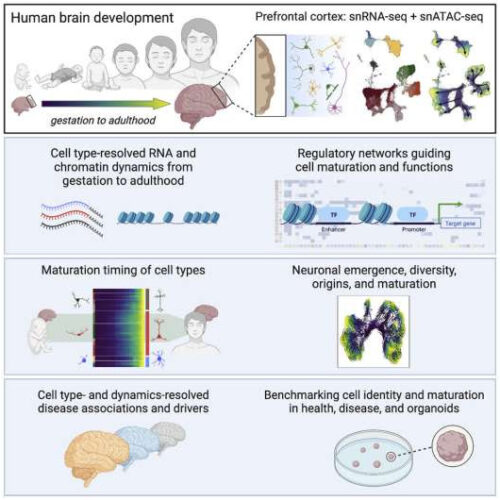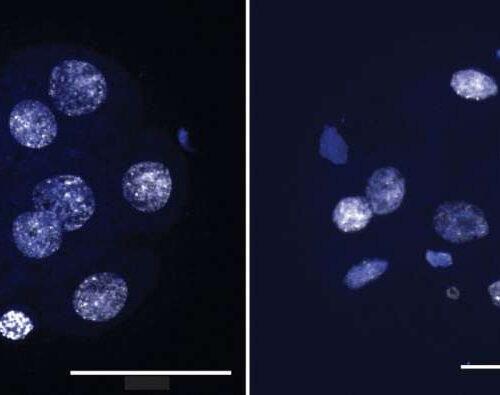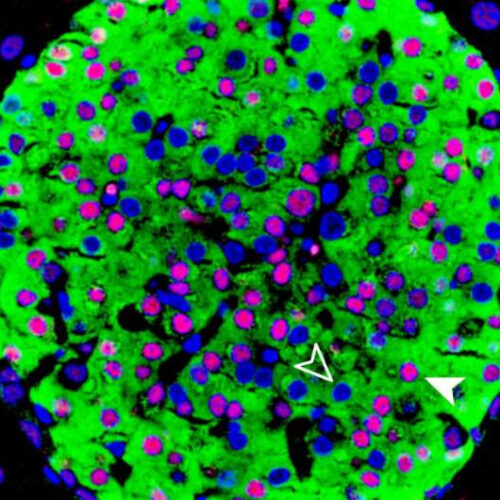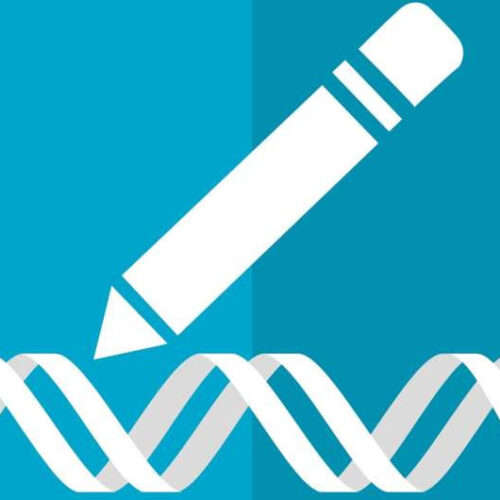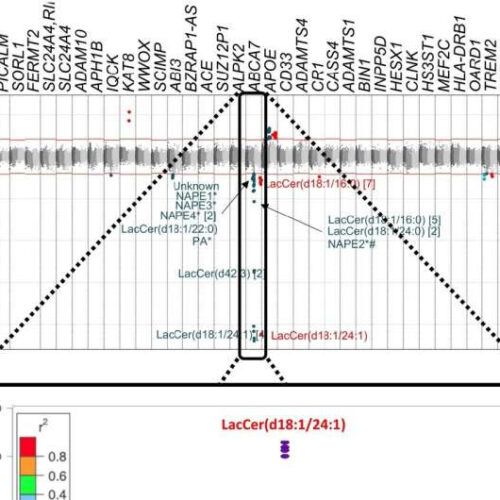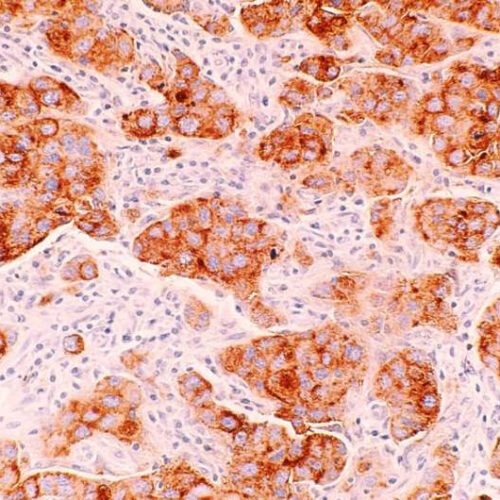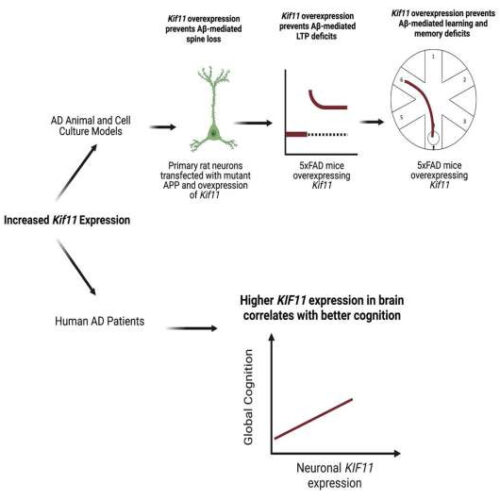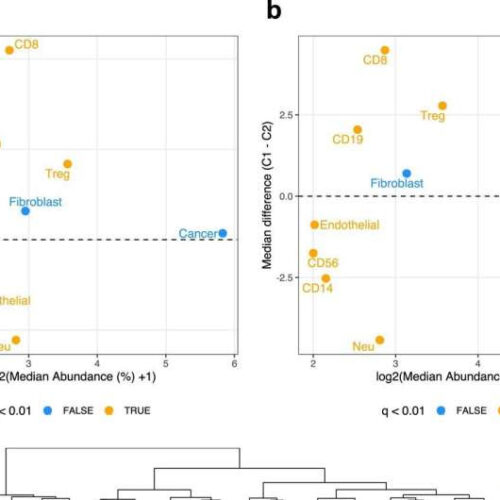by Harry Perkins Institute of Medical Research Graphical abstract. Credit: Cell (2022). DOI: 10.1016/j.cell.2022.09.039 Australian scientists have developed a world-first map showing gene activity changes in diverse human brain cell types from pre-birth to adulthood. By having this map of normal brain cell development, researchers will now be able to identify altered states more accurately in neurological...
Category: <span>Genetics</span>
On the trail of missing genes and cancer clues
by La Jolla Institute for Immunology The image on the left shows an eight-cell blastomere developed from mouse embryonic stem cells with normal TET function. The image on the right shows the consequences of TET deletion (triple knockout). This blastomere shows signs of aneuploidies and chromosome segregation defects. Credit: Rao Lab, La Jolla Institute for...
Diabetes-causing gene can be regulated like a rheostat
by Center for Genomic Regulation Image of a mouse pancreatic islet, regions in the pancreas that contain beta cells which secret insulin. The HASTER regulatory element has been knocked out in this mouse, resulting in changes to beta cell function that cause diabetes. Credit: Miguel A Garriga/CRG Researchers at the Centre for Genomic Regulation (CRG)...
New gene editing strategy could lead to treatments for people born with inherited diseases of the immune system
by University College London Credit: Pixabay/CC0 Public Domain A fault in cells that form a key part of the immune system can be repaired with a pioneering gene editing technique, finds new research demonstrated in human cells and mice, led by UCL scientists. Researchers say the study, published in Science Translational Medicine, could lead to new...
Study opens route to overcoming drug resistance in stomach cancer
by Institute of Cancer Research Stomach cancer cells. Credit: Katharina von Loga Scientists have shown how stomach cancers can dodge the effects of a promising new experimental treatment—raising the possibility of outsmarting cancer by predicting drug resistance in advance. Their new study found that stomach cancers could develop resistance to a new class of drugs...
Finding the path Alzheimer’s takes through the body could lead to treatments
by Murdoch University Manhattan plot on the association of metabolites detected by mass spectrometry with AD-related SNPs. Features associated with ABCA7 SNPs are annotated. For some metabolites, more than one metabolic feature was found to be associated with AD-related SNPs, and the No. of metabolic features corresponding to the same metabolites is described in brackets....
Scientists pinpoint druggable target in aggressive breast cancer
by Blake Belden, Virginia Commonwealth University Credit: Unsplash/CC0 Public Domain Researchers at VCU Massey Cancer Center have set their sights on a new therapeutic target for an aggressive form of breast cancer with limited treatment options. Breast cancer is the second most common cancer in U.S. women, and triple-negative breast cancer(TNBC) is a more aggressive and...
Gene involved in neuronal structure and function may protect against Alzheimer’s disease
by CU Anschutz Medical Campus Credit: iScience (2022). DOI: 10.1016/j.isci.2022.105288 The overexpression of a gene tied to cell division and the structure and function of neurons may prevent and protect against cognitive decline in both mice and humans with Alzheimer’s disease (AD), according to a new study by scientists at the University of Colorado Anschutz Medical Campus....
Cervical cancer discovery offers major new clue to better understand the disease
by University College London Differences in the tumor microenvironment between cervical cancer subgroups. Plot showing median abundances (x-axis) and median differences (%, y-axis) for different cell types estimated using MethylCIBERSORT, with significant differences (FDR < 0.01, Wilcoxon Rank Sum Test) in orange, for a TCGA cohort and b combined validation cohorts. c 68 genes in genesets associated...
Gene study identifies series of DNA variants linked to dyslexia
by University of Edinburgh Credit: Unsplash/CC0 Public Domain Scientists have for the first time pinpointed a large number of genes that are reliably associated with dyslexia. Around a third of the 42 genetic variants identified have been previously linked to general cognitive ability and educational attainment. The researchers say their findings, published in Nature Genetics journal, aid...

